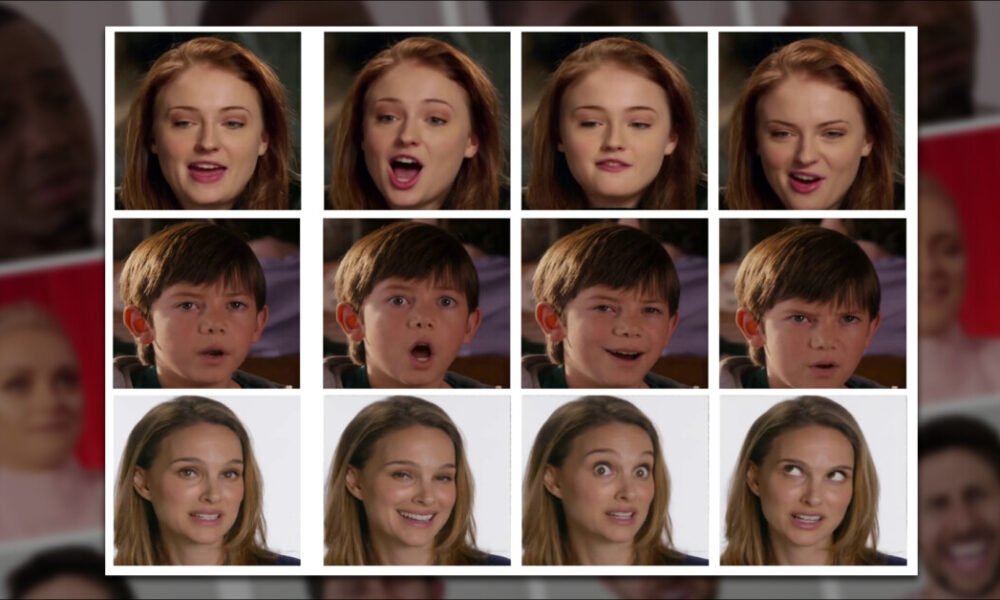Unveiling the Threat of AI-Based Facial Manipulations in the Media
In 2019, US House of Representatives Speaker Nancy Pelosi fell victim to a targeted deepfake-style attack, where a real video was manipulated to make her appear intoxicated. This incident garnered millions of views before the truth was revealed, highlighting the damaging impact of subtle audio-visual alterations on public perception.
An Evolution in AI-Based Manipulations
While early deepfake technologies struggled to create realistic alterations, recent advancements have led to the emergence of sophisticated tools for post-production modifications in the film and television industry. The use of AI in refining performances has sparked debates on the ethics of achieving perfection in visual content creation.
Innovations in Facial Re-Editing Technologies
Riding the wave of demand for localized facial edits, several projects have introduced groundbreaking advancements such as Diffusion Video Autoencoders, Stitch It in Time, ChatFace, MagicFace, and DISCO. These projects focus on enhancing specific facial features rather than replacing entire faces, ushering in a new era of nuanced video manipulations.
Uncovering Deceptive AI Manipulations with Action Unit-Guided Video Representations
A recent study from India addresses the detection of subtle facial manipulations caused by AI-based techniques. By identifying edited faces rather than replaced ones, the system targets fine-grained changes like slight expression shifts or minor adjustments to facial features.
A Novel Method for Detecting Localized Deepfake Manipulations
The study leverages the Facial Action Coding System to pinpoint localized facial edits through Action Units. By training encoders to reconstruct facial action units and learn spatiotemporal patterns, the method effectively detects nuanced changes essential for deepfake detection.
Breaking Down the Methodology
The new approach utilized face detection to extract face-centered frames divided into 3D patches for local spatial and temporal analysis. These patches were then encoded to distinguish real from fake videos, with the system achieving impressive results in detecting subtle manipulations.
-
How can I tell if a video has been edited using AI?
AI edits in videos can be difficult to detect with the naked eye, but there are certain telltale signs to look out for such as unnatural movements, glitches, or inconsistencies in the footage. -
Why would someone use AI to edit a video?
AI editing can be used to enhance video quality, correct mistakes, or even manipulate content for malicious purposes such as spreading misinformation or creating deepfakes. -
Are AI edits in videos always noticeable?
Not necessarily. AI technologies are becoming increasingly advanced, making it easier for edits to be seamlessly integrated into videos without detection. -
How can I protect myself from falling victim to AI-edited videos?
It’s important to critically examine any video content you come across, fact-check information, and be aware of the potential for AI manipulation in digital media. - Can AI edits in videos be reversed or undone?
It is possible to detect and sometimes reverse AI edits in videos using sophisticated forensic tools and techniques, but it can be a complex and challenging process.

